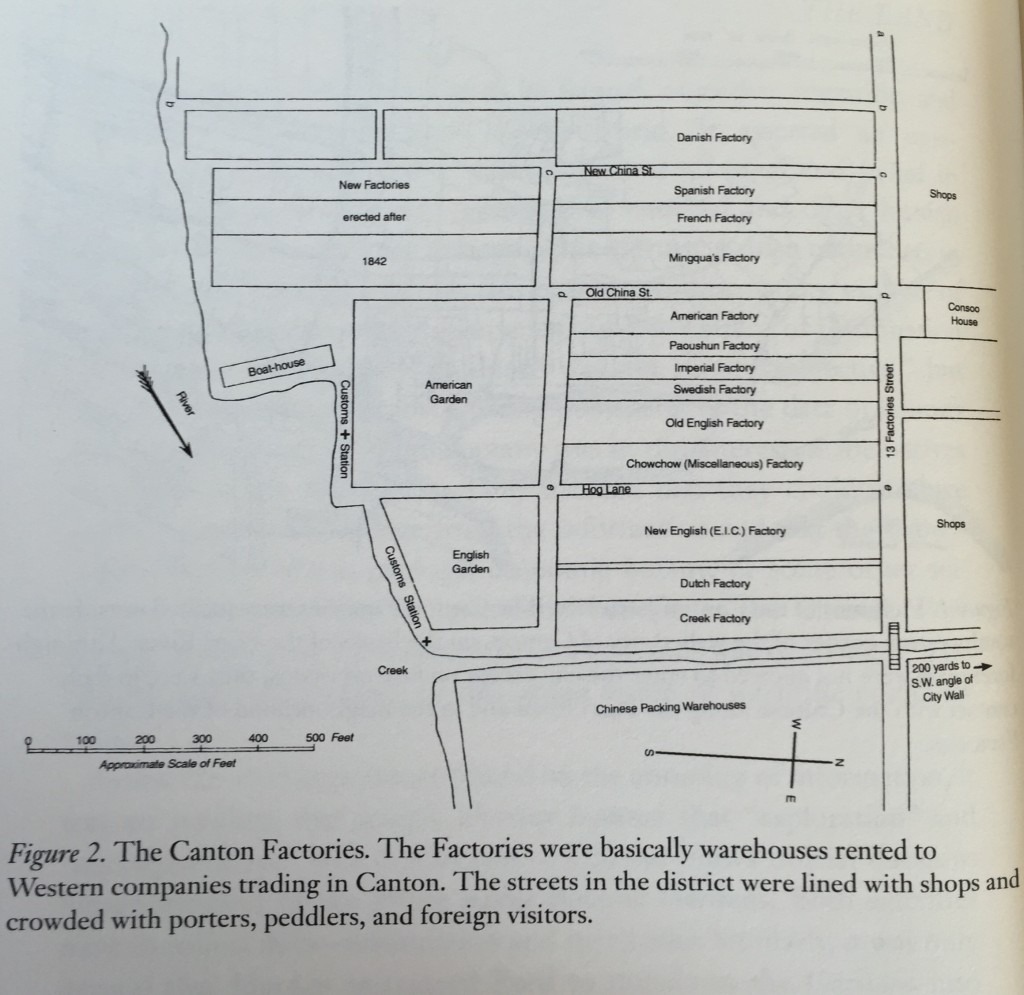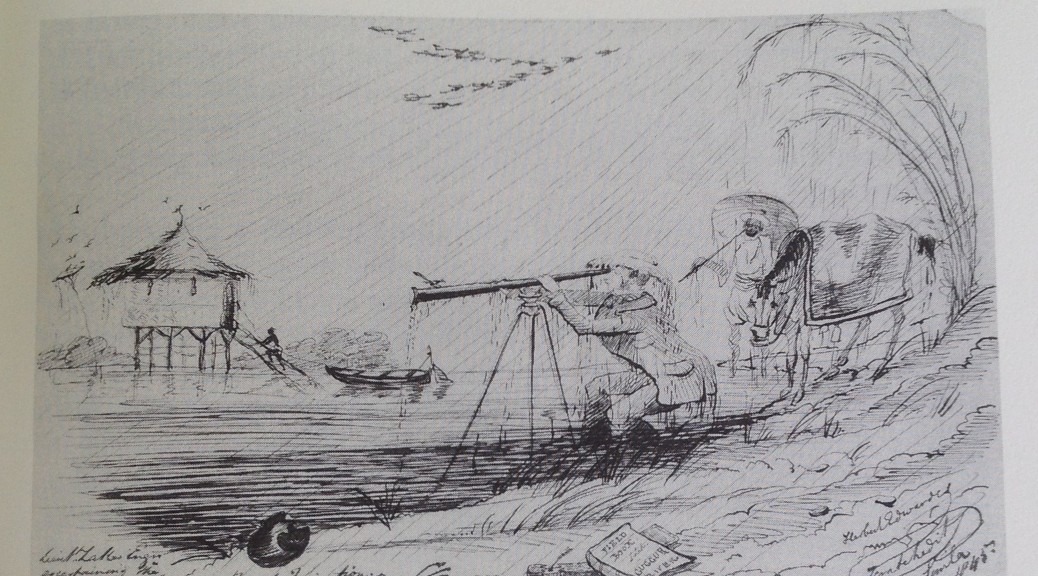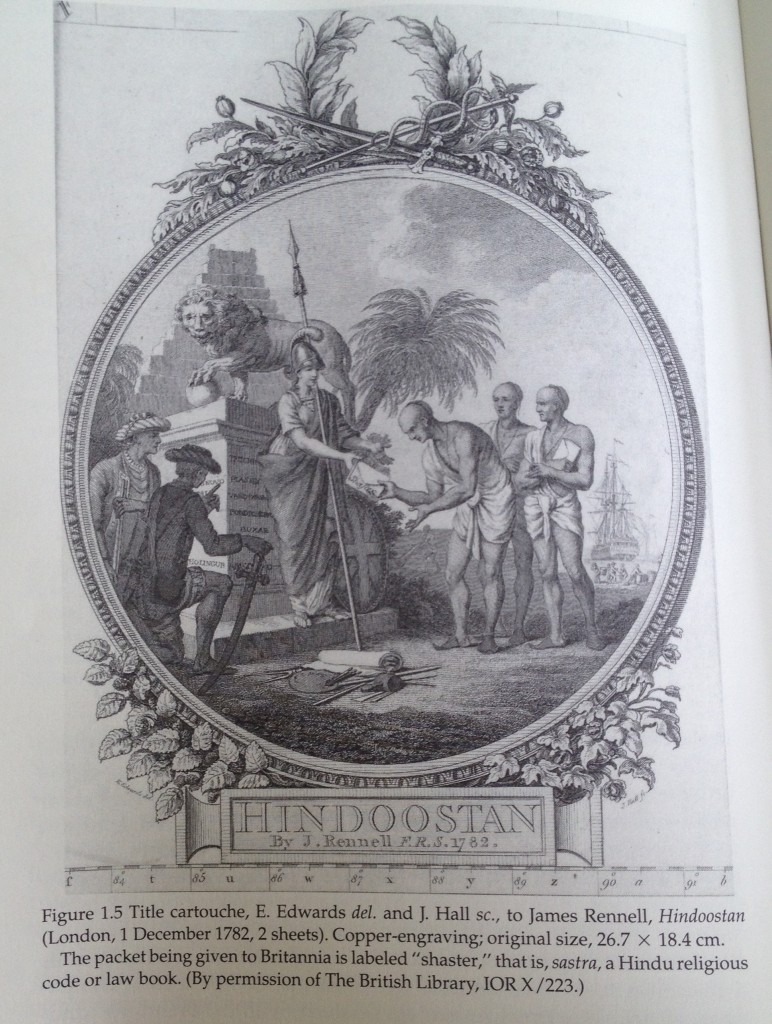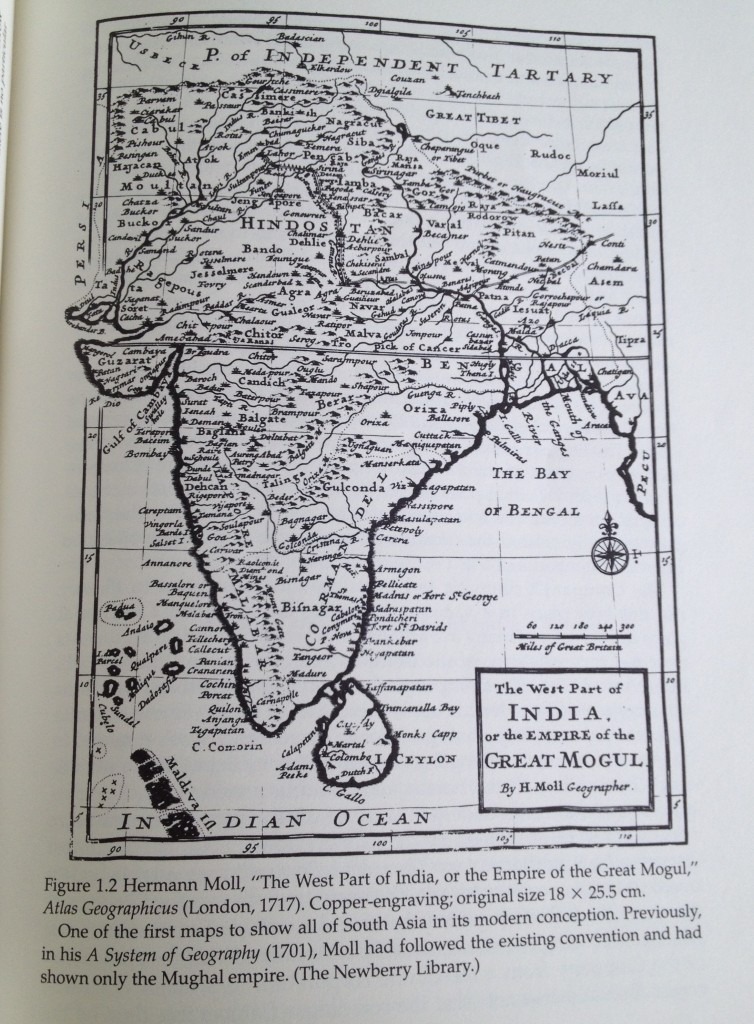Last week some time a friend of mine sent me a youtube video from a guy called Captain Disillusion (whom I have never heard of until receiving the link) who had a very special guest on his myth debunking channel: it was Beakman!
 If you are unfamiliar with Beakman let me bring you up to speed. There are many overlaps in production and what networks wanted was pretty similar, but it wasn’t–and isn’t– a Beakman’s World vs. Bill Nye The Science Guy world. It goes way back to an earlier program called Watch Mr. Wizard. That seems like a great place to start:
If you are unfamiliar with Beakman let me bring you up to speed. There are many overlaps in production and what networks wanted was pretty similar, but it wasn’t–and isn’t– a Beakman’s World vs. Bill Nye The Science Guy world. It goes way back to an earlier program called Watch Mr. Wizard. That seems like a great place to start:
Don Herbert through a series of assistants taught kids in throughout the 1950s and early 60s. Watch returned briefly in 1971/72 but in 1983 Don Herbert had his own world with Mr. Wizard’s World which was the same format with new assistants.
Mr. Wizard’s World ran until 1990, but Herbert would live another 17 years to see his path well-traveled and extended. He died on June 12, 2007 just a month shy of his 90th birthday.
Something interesting happened in the 90s (if you actually lived through them at an impressionable age like I did, that is the understatement of the century). Mr. Wizard’s World may have went off the air, but nature and television networks deplore a vacuum and low ratings.
I watched as much television as I could in the 90s. Admittedly that isn’t much since we had three network channels and Fox 29 if it was cloudy. Thankfully that connection improved by the time we got Fox Kids. I thought I was familiar with everything on network television and a saturday morning cartoon snob. Only recently was I introduced to Back to the Future: The Animated Series. I know you are probably thinking “Congratulations, Columbus you’ve discovered something thousands of people already knew about,” but bear with me here, this is important for science programming reasons.
The series was short-lived, consisting of only 2 seasons, but it is interesting for a variety of reasons. I was never into the Back to the Future movies or anything so maybe that is how I missed this. Or, more likely, it came on CBS opposite something I really liked. Either way, I have just recently discovered this thanks to a friend of mine in London (because I hadn’t even stumbled across it on the internet), and want to share a quick bit about how it works and what it means for the rest of the decade.
Each episode was bookended by live action segments with Dr. Emmett Brown himself, Christopher Lloyd, setting up and reviewing the episode AND then explaining some principle of science related to what happened to them. I think it is doubly interesting for me since I am a historian of science to see the science and then a historical perspective and then the science again tied back into the episode, however loosely.
Here is the intro and the opening live segment.
I let it run into the narration for the cartoon to share some fun trivia on this: Even though Lloyd did the live action segments he, unlike Mary Steenburgen and a few others, did not provide the voice of his animated counterpart. The animated Doc Brown is expertly brought to life by the amazing voice talents of Dan Casttelaneta who you may recognize from a bajillion other sources, namely the Simpsons.
Now, the important part: The ending live segment with the science of the water test, more or less.
Did you recognize Doc’s lab assistant? Look again… I’ll wait. The white lab coat and the bowtie? That is Bill Nye in a non speaking, recurring role two years before he gets his own program. The animated Back to the Future ended in December of 1992 and Bill Nye The Science Guy’s debut was the following September. But, a year before something else exploded onto the science scene:
In September 1992 we all broke into Beakman’s World where we were allowed to take up residence until 1997. The show, which is based on a comic called You Can With Beakman and Jax, also pays homage to Mr. Wizard’s World and Mr. Wizard himself in the form of two puppet penguins named Don and Herb.
The program is as full of craziness as it is science and I absolutely loved it. From the Don King hair, to the neon lab coat to the giant lab rat with tattoos it was what I knew science to be and not what I had seen in the stuffy depictions of scowling scientists in the lab. It was fun, the same kind of fun I had when I was looking at bugs under the microscope or trying to figure out what kind of rock I found or what bird was making a particular noise. It was built around not just the experiments that you could perform at home (I made the sugar glass at least twice) but also viewer questions usually answered in a rapid fire round called “Beakmania!” (I am way prouder of that gif than I should be, but it took more than a few tries to get the timing right).
The series moved off of out local station before it ended and I had never seen the godawful season 4 until it reran on Netflix a couple years ago. It was okay, I honestly cannot stand the way they built the last assistant Phoebe (nothing against Senta Moses, but that seasons just got too 90s and too annoying). It was funny watching them again because I remembered episodes and experiments but I had somehow managed to morph Joey and Liza into one person and only ever remembered one person being their throughout the ones I had seen.


But what really made the show tick was the chemistry between the folks making it, the limitless guest characters played by the trio–Art Burn in his diner, Meekman, the school nurse, Woody Chipper, the sports announcers, the game show contestants–and, above all, a man in a giant rat suit. 


One of the other bits I really, *really*, enjoyed about Beakman was the “smokey door of history™” when famous folks would show up and talk about their stuff.
For instance:
I am working on cutting and collecting all of these because I use them when I teach the History of Science. They aren’t perfect, but they are memorable. I haven’t found and loaded it yet, but one of the earliest ones they did was on Maria Mitchell and her works with comets. This episode aired in 1994 and I was in graduate school for the second time in Spring of 2015 before I heard of her again.
A year following Beakman, Bill Nye the Science Guy hit the airwaves on PBS. The closest PBS channel for us was out of Houston 120 miles away and just out of reach of our antenna so I was in high school before I ever saw my first episode of Bill Nye. Whose popularity made me an instant defender of Beakman and the gang.
Bill Nye is fun. But is had such a different feel than Beakman to me, it feels like, I dunno, safer fun. One of the biggest differences here is that Bill Nye is an actual scientist in real life and Paul Zaloom is a puppeteer and comedian.
The 90s were weird (again understatement). It was a decade of dueling doubles with two takes on the same premise: Beakman’s World/Bill Nye, Armageddon/Deep Impact, and Tombstone/Wyatt Earp to name a few off the top of my head.
One of the most interesting things about the Bill Nye/Beakman overlap is the show rules for The Science Guy explicitly pointing out things done in Beakman’s World (without saying the name) that his show would not do:
Number 3 and 4 specifically. I am not certain if number 2 is a dig on the BogusScope® or not. I have never confirmed them as direct points of departure from Beakman, but I suspect they are. Incidentally I have an autographed copy of this, but it is framed and it photographs lousily.
Bill Nye’s show ran out in mid 1998, only 6 months after Beakman and company packed it in. Bill boasted 100 shows, Paul had only 91, but both of their impacts cannot be understated and should not be ignored. They continued a them of education a generation of kids to go out and *do* science, and better yet showed them how. I still use the how to make a fossil project with I talk to kids with the Paleo Porch Mini Mobile Museum. This is far more than falling into the hashtag battles of #TeamBeakman or #TeamNye. I honestly believe these shows helped a ton of homeschool kids learn better science than they would have gotten otherwise. I like them both, I will always prefer Beakman to Bill. My wife had never seen Beakman’s World until we started watching it over dinner in 2014. We remain a house divided.
More instructors teach with Bill Nye Videos than Beakman. Maybe that is because they were easier to get and use coming from PBS and not our plebeian channels. To be completely fair in that sense, Bill’s shows are more thematically aligned and cohesive, but Beakman had one thing Bill could never equal and that was Lester the Rat.

I honestly don’t know where this leaves us. It is 2016, certain politicians believe Bill Nye is just a television host and he has debated the most famous creationist in the world. Bill is fighting the good scientific fight on GMOs and vaccines and such. We still need to educate kids on a level they can have to themselves. I was an ardent rule follower, but I always found Bill Nye just as stuffy as the scientists in books and film. It was Beakman who embodied what I felt about science and what it could do and what I could do with it. So, that is what I cherish, even above the terrible puns which I use every single chance I get. It was amazing to see Beakman back in character on youtube, making fun of the people that brought him there because they didn’t bother to learn how magnets work and “you don’t have to know how is was faked, to know that it is fake”
Great to see you again Paul.
Zaloom!

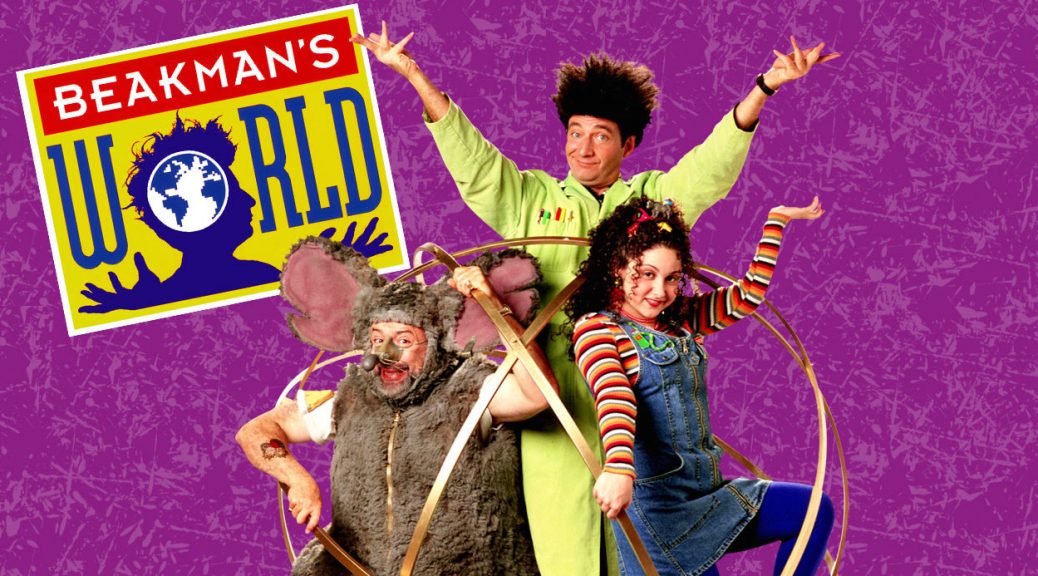






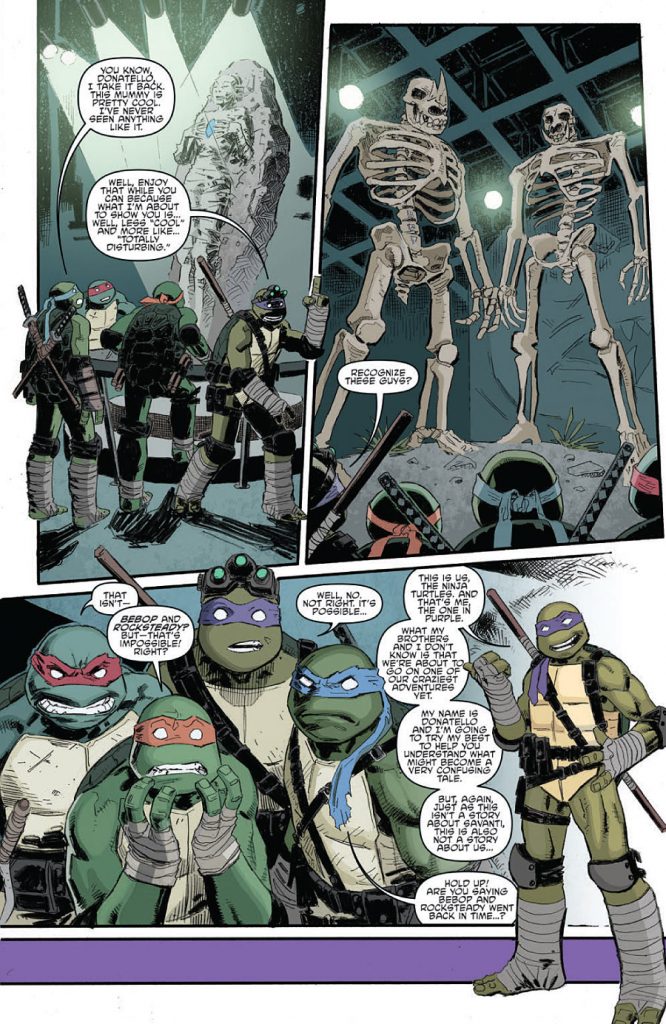

















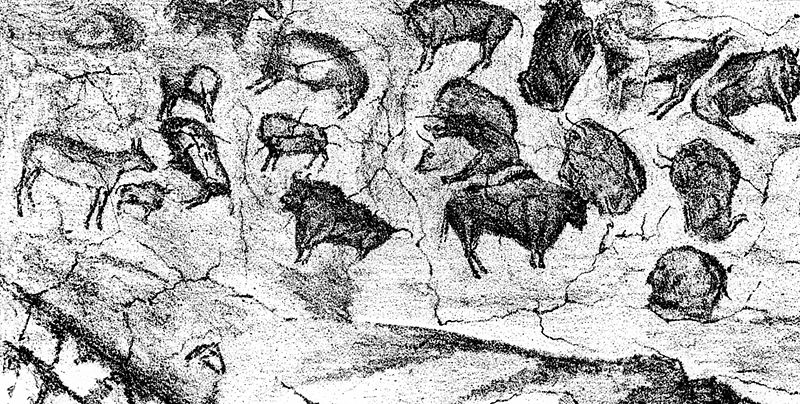

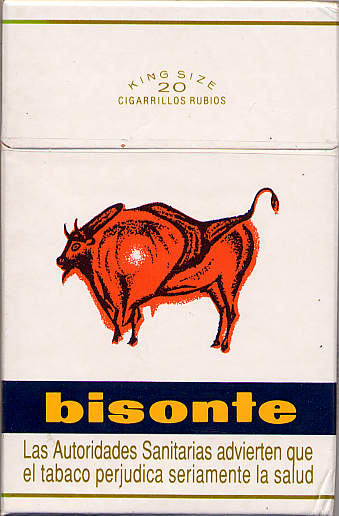

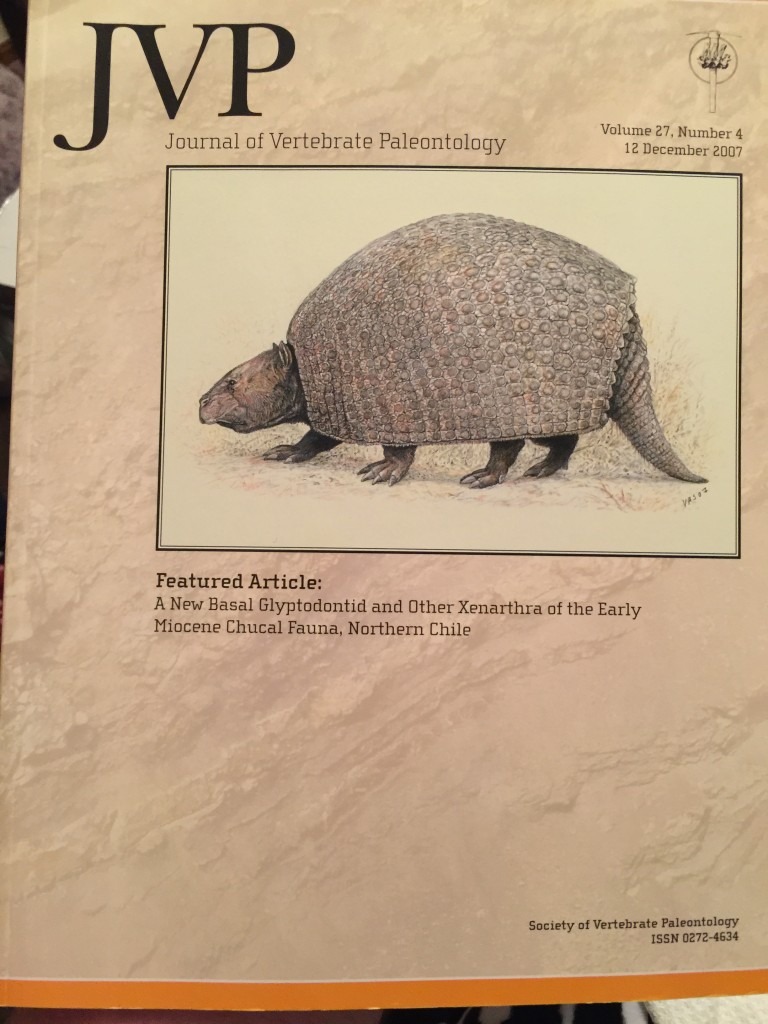


![BBC.Ice.Age.Giants.1of3.Land.of.the.Sabre-Tooth.720p.HDTV.x264.AAC.MVGroup.org[09-20-28]](https://paleoporch.com/wp-content/uploads/2016/02/BBC.Ice_.Age_.Giants.1of3.Land_.of_.the_.Sabre-Tooth.720p.HDTV_.x264.AAC_.MVGroup.org09-20-28-1024x576.jpg)

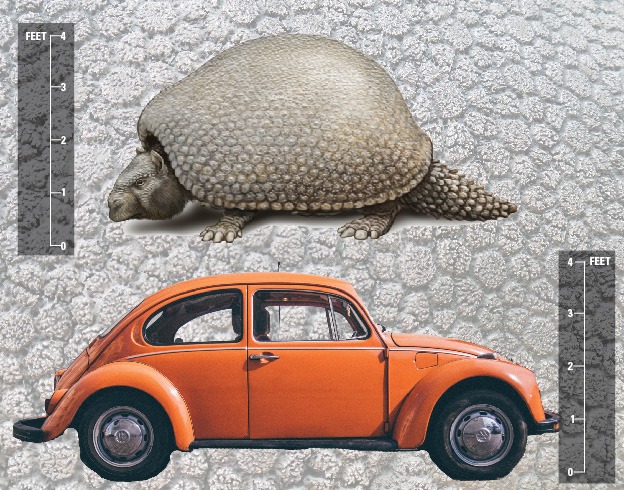


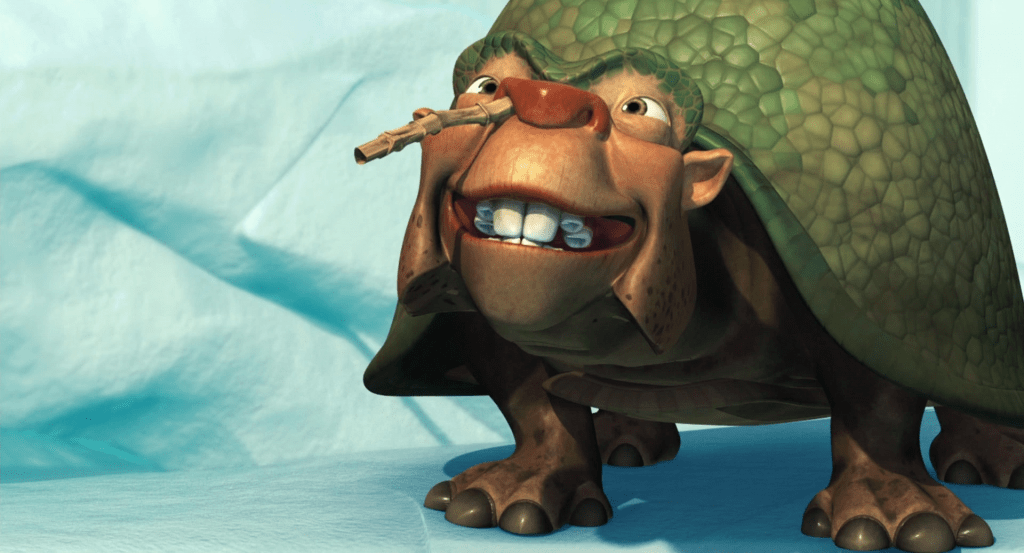
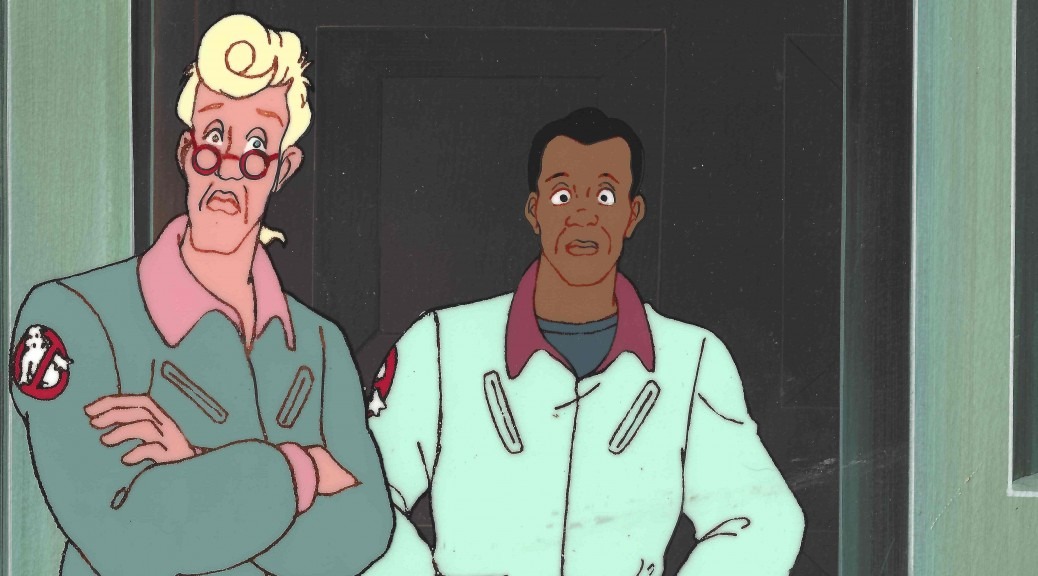








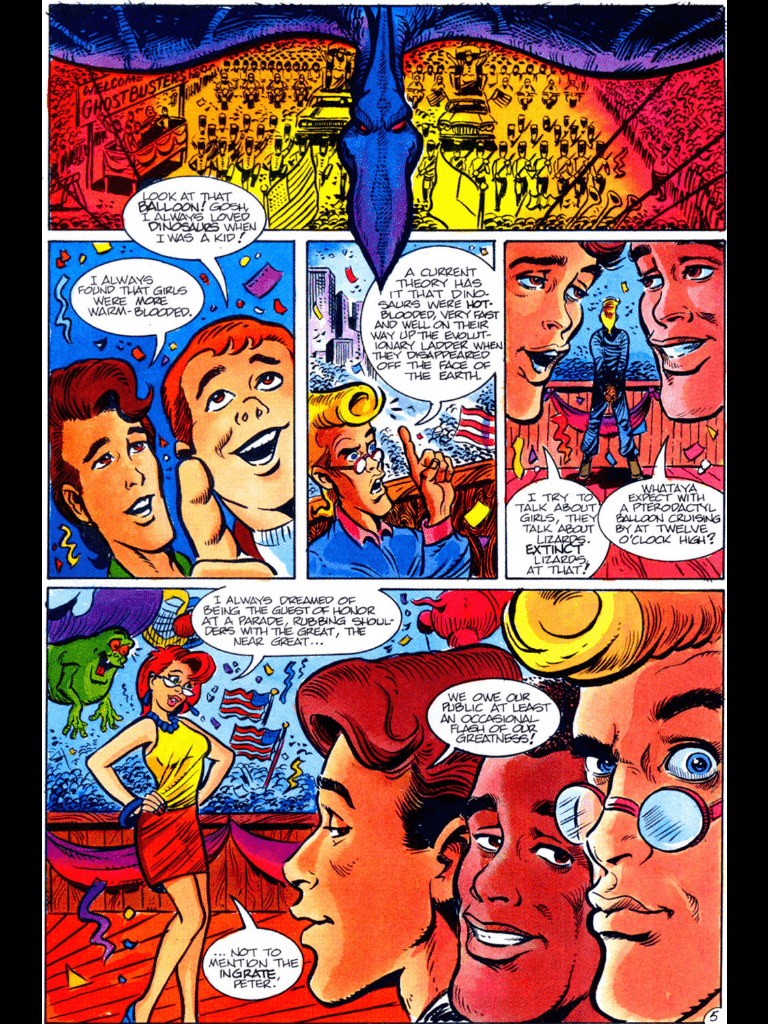







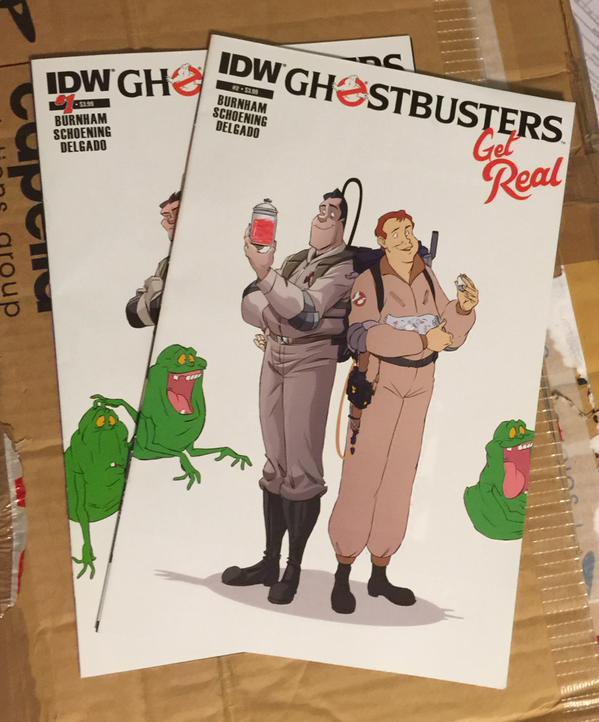












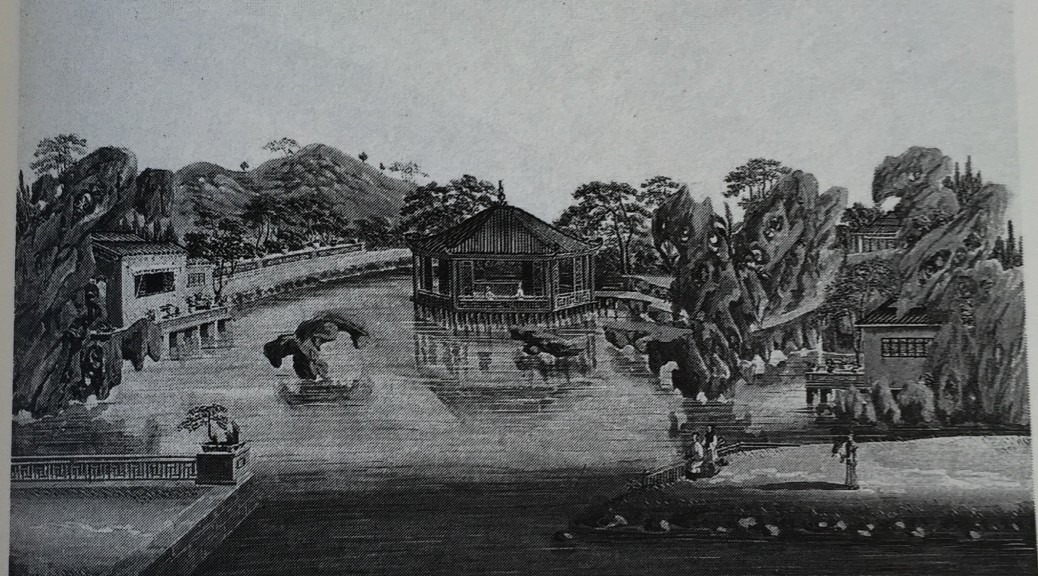
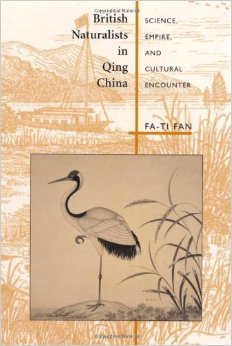 Can a book only 11 years old be a classic? If any work can claim to be such it is surely Fa-ti Fan’s British Naturalists in Qing China: Science, Empire, and Cultural Encounter. This is a huge geographic and political shift from the previous books that have dealt with India and British India. I make that point because it is important to remember that the earliest relationships with China were undertaken pretty much under Chinese terms. Even following the end of the Opium Wars and the forceful opening of trading ports China was never a colony under the British Crown.
Can a book only 11 years old be a classic? If any work can claim to be such it is surely Fa-ti Fan’s British Naturalists in Qing China: Science, Empire, and Cultural Encounter. This is a huge geographic and political shift from the previous books that have dealt with India and British India. I make that point because it is important to remember that the earliest relationships with China were undertaken pretty much under Chinese terms. Even following the end of the Opium Wars and the forceful opening of trading ports China was never a colony under the British Crown. 


